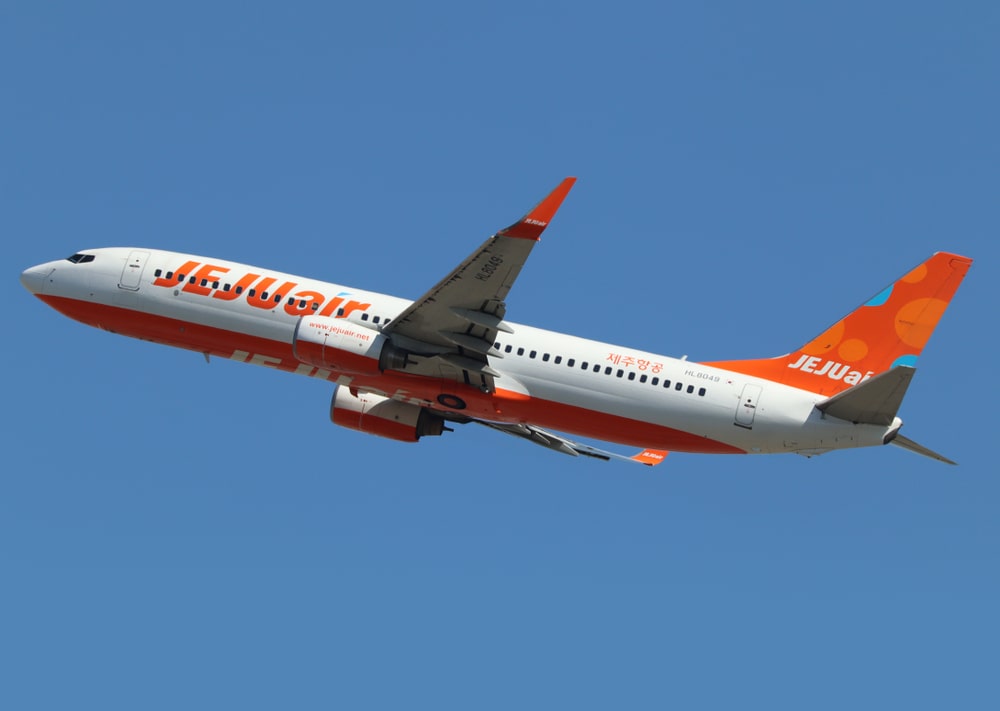
The crash of a Jeju Airlines plane that resulted in the loss of life of 179 passengers, the worst aviation disaster involving a South Korean airline for over three decades, marked the third aviation incident in the space of twenty-four hours.
The aircraft, a Boeing 737-800, crashed at Muan International Airport on Sunday at 9am local time, after the plane went off the runway and crashed into a wall. The Korean Transport Ministry is currently investigating, and details are emerging of the crash.
Media outlets have reported on the exchange of messages between the control tower and the pilot, following the issuing of a mayday distress signal after the tower had sent an initial warning of a bird strike, with the plane seeking permission for the aircraft to land.
Videos emerging online have shown the plane to have a malfunction with the plane’s landing gear, a view that has been supported by aviation experts and officials. Full details will not emerge until the plane’s flight data recorder has been decrypted by officials, which normally takes around a month, but may take longer as there has been damage to the plane’s “black boxes”. Therefore, Korean officials may require assistance from the US National Transportation Safety Board, in decoding the recorder, extending the process to six months.
This is the first fatal accident involving Jeju Airlines, which following its formation in 2005, has grown to become a major South Korean Airline, only outranked in passenger numbers by Korean Airlines and Asiana Airlines.
Alongside the fatal incident involving Jeju Airlines, there werewas two other aviation incidents, all of which occurred within twenty- four hours, with the cause of all incidents being reportedly linked to issues with the plane’s landing gear.
An Air Canada express flight, landing at Halifax Stanfield International Airport at Nova Scotia on Saturday night, in the words of CNN, “experienced a suspected landing gear issue”, with no injuries to the 73 passengers on-board.
The plane, a De Havilland DHC 8-402, skidded down a runway for a significant period of time, with passengers seeing flames on the left- hand side of the aircraft, according to media reports and the Transportation Safety Board of Canada.
Meanwhile, a KLM flight from Norway to Netherlands, on the following Sunday, also experienced a hydraulic system failure that caused the plane to veer off the runaway during an emergency landing, with the plane coming to a halt on a grassy area adjacent to the runway. All 176 passengers and six crew were unharmed.

Related Articles
Aviation
Aviation
Aviation